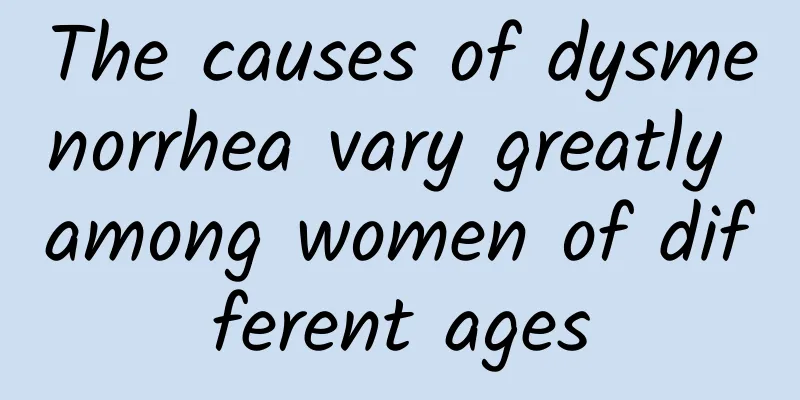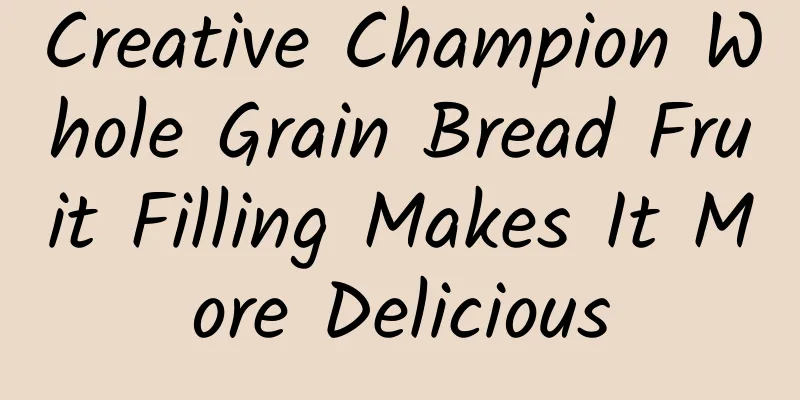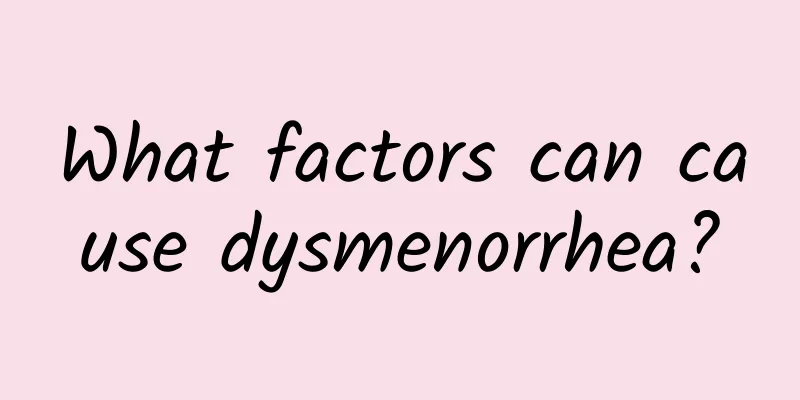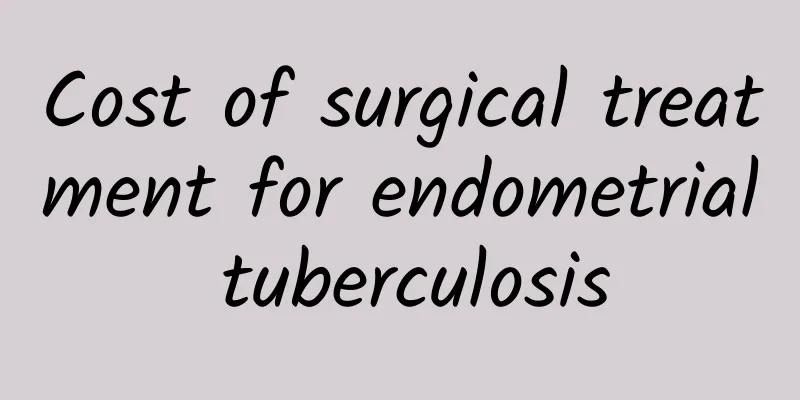What are the best treatments for cervicitis?
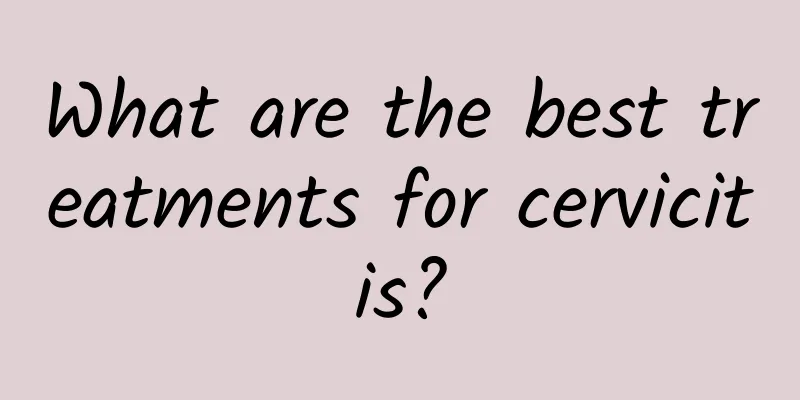
|
What are the best treatments for cervicitis? Cervicitis is one of the common gynecological diseases. According to the duration of the disease, it is divided into acute cervicitis and chronic cervicitis. There are many best treatments for cervicitis, mainly combined with its degree of treatment. The treatment of cervicitis mainly includes drug therapy, physical therapy, etc., which are introduced in detail below. 1. Chronic cervicitis (1) Chronic endocervical mucositis: For persistent endocervical mucosal inflammation, it is necessary to understand whether there is reinfection with Chlamydia trachomatis and Neisseria gonorrhoeae, whether the sexual partner has been treated, and whether the vaginal microbiome imbalance persists. Treatment should be given according to the cause. For those whose pathogens are unclear and there is no effective treatment, physical therapy can be tried. (2) Cervical polyps: Perform polypectomy and send the removed polyps for pathological histological examination. (3) Cervical hypertrophy: Generally no treatment is required. 2. Acute cervicitis: mainly treated with antibiotics. (1) Empirical antibiotic treatment: For patients with the following high-risk factors for sexually transmitted diseases (such as age under 25 years, multiple or new sexual partners, and unprotected sexual intercourse), empirical antibiotic treatment against Chlamydia is used before the results of pathogen detection are obtained. (2) Antibiotic treatment targeting pathogens: For those who have acquired pathogens, antibiotics targeting pathogens are selected. Since Neisseria gonorrhoeae infection is often accompanied by chlamydia infection, if it is gonococcal cervicitis, in addition to the use of anti-Neisseria gonorrhoeae drugs, anti-chlamydia infection drugs should also be used during treatment. (3) Treatment of sexual partners: If the pathogens of cervicitis patients are Chlamydia trachomatis and Neisseria gonorrhoeae, their sexual partners should be examined and treated accordingly. Different treatments are used for different lesions. For those who present with erosive changes, if it is asymptomatic physiological columnar epithelial ectopy, no treatment is required. For erosive changes accompanied by increased secretions, papillary hyperplasia or contact bleeding, local physical therapy can be given, including laser, freezing, microwave and other methods. Traditional Chinese medicine treatment or its use as an adjuvant treatment before and after physical therapy can also be given. However, cervical intraepithelial neoplasia and cervical cancer must be screened out before treatment. |
<<: Treatment of atrophic vulvar leukoplakia
>>: Is vaginitis treatment expensive?
Recommend
What is vulvar leukoplakia
Vulvar leukoplakia is a common chronic skin disea...
How to treat cervical warts effectively
As we all know, the current society is open, so m...
How long does it take to get pregnant after laparoscopic surgery for ectopic pregnancy
After laparoscopic surgery for ectopic pregnancy,...
How to relieve dysmenorrhea
Dysmenorrhea refers to lower abdominal pain or ot...
Conventional methods of Western medicine for treating amenorrhea
Conventional methods of Western medicine for trea...
Etiology and pathogenesis of gynecological amenorrhea
The etiology and pathogenesis of gynecological am...
What should I pay attention to if progesterone is low and there is threatened miscarriage?
What should I pay attention to if progesterone is...
Can I get pregnant with an ovarian cyst?
It is possible to get pregnant with ovarian cysts...
What is the approximate age of menopause in women?
Each age group has a different physiological cycl...
What to do if you have premature ovarian failure
The ovaries are the reproductive organs of women ...
Diseases that cause uterine amenorrhea
The cause of amenorrhea is that the uterus, menst...
Losing weight is super easy, start by changing the order of your meals! The explosive weight loss method has three major principles
When people who have tried to lose weight mention...
Key differential diagnoses for threatened abortion
What are the main differential diagnoses for thre...
Are there any advantages to laparoscopic ovarian cyst surgery?
The most direct and effective way to treat ovaria...
What are the dangers of Bartholinitis?
What are the dangers of Bartholinitis? Generally,...

